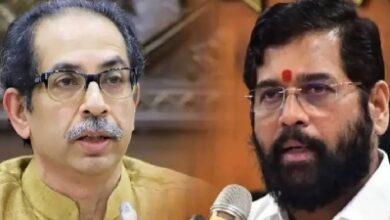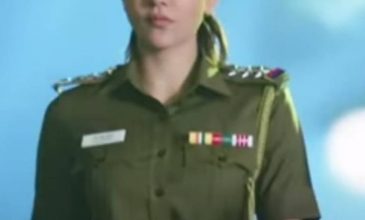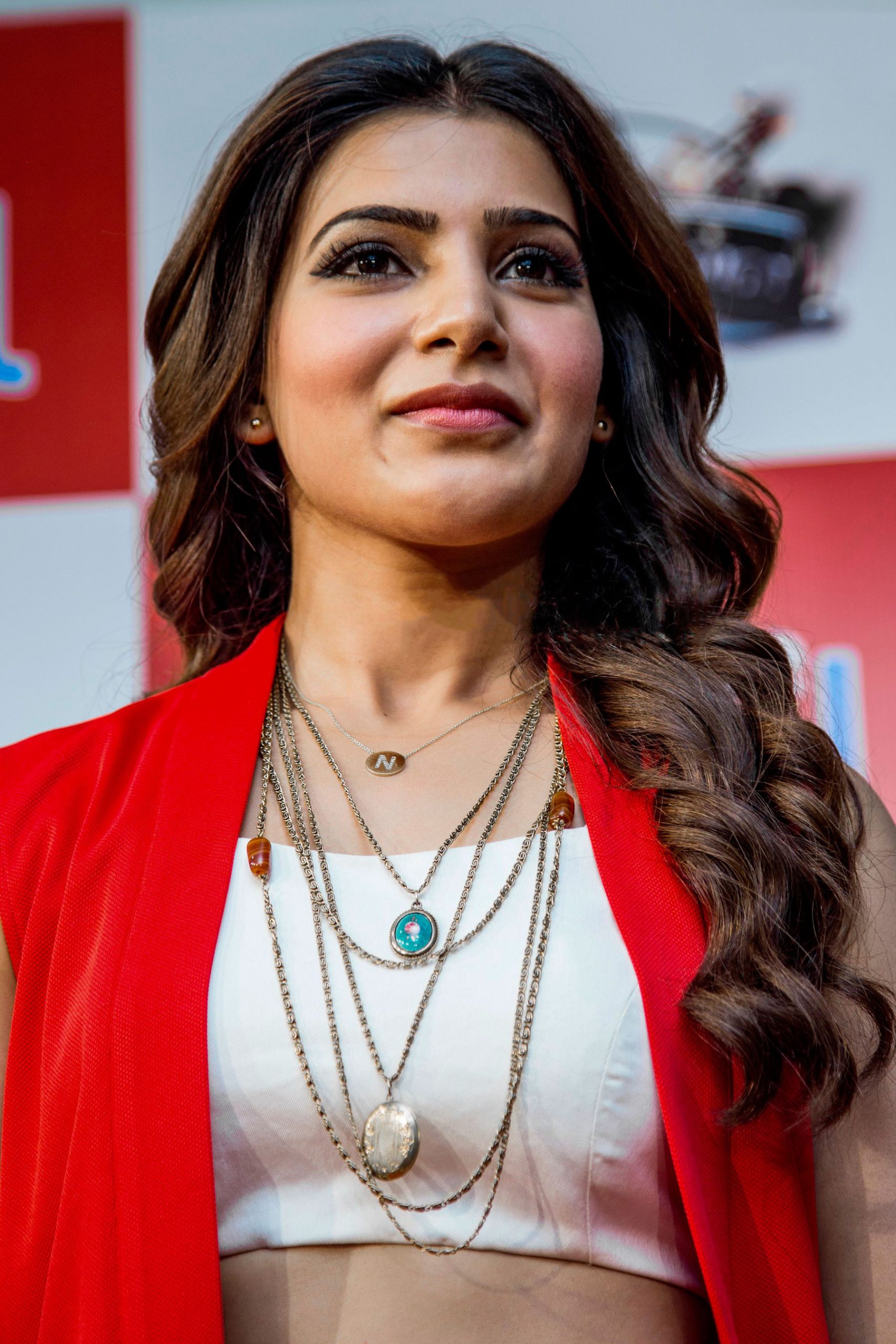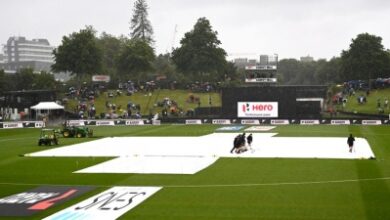Shashi at 85: India’s first crossover hero who showed his calibre both at home and abroad
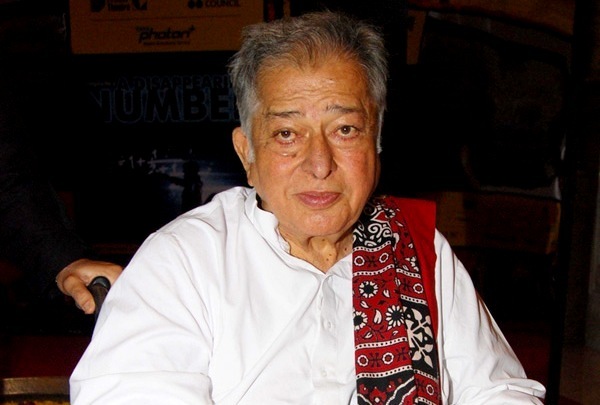
Mobilenews24x7 Bureau
His four-word sentence, delivered in anguished manner to the bluster of his elder brother, is possibly the most famous dialogue in Bollywood and enough to cement his place in the industry. Yet, Shashi Kapoor went to achieve greater fame as India’s first cross-over hero, at home in ‘masala’, ‘art’, and many more cinematic variations.
Looks always matter for a male lead but the intellect and improvisation in acting. Raj Kapoor flourished through his native tramp and man on the ground identity like ‘Awara’.And gradually graduated to be role model of his own school of thoughts which none of hid sibling fell for.
The youngest of Bollywood’s famous Kapoor brothers, Shashi Kapoor without even his own cinematic image, earned his own defining cinematic impression.
Whereas, Raj’s naive “tramp” identity in the Charlie Chaplin tradition or Shammi’s Elvis-like jiving, rebellious “playboy” persona, but went to surpass both in sheer diversity of his acting.
Breezy smile
With his copybook good looks, rakish smile, infectious charm, toothy grin and languid drawl, or the air of earnestness, playing romantic roles, be they of businessmen, police inspectors, college students, et al came naturally to him, but Shashi Kapoor went on to play more ‘common man’ roles, decadent princes, aging poets and even angels with the same charm and intensity.
Born on March 18, 1938 in the then Calcutta to Prithviraj Kapoor and Ramsarn ‘Rama’ Devi, Balbir Raj ‘Shashi’ Kapoor was destined to walk in his family’s footsteps on the silver screen.
Though he first appeared on screen as a child artiste in “Bachpan” (1945), he became more known as the young version of Raj Kapoor in his elder brother’s directorial debut “Aag” (1948) and the more acclaimed “Awara” (1951), and also worked with Ashok Kumar in blockbusters such as “Sangram” (1950) and “Samadhi” (1950).
His first lead role was as a hardcore fanatic in Yash Chopra’s bold “Dharmputra” (1961), but this happened to be a one-off as Shashi was more suitable as a lover-boy who always got the girl — eventually. In this avatar, he once even pipped Amitabh Bachchan — in “Kabhi Kabhie” (1976).
Shashi Kapoor was also famous as a reasonable foil to the ‘Angry Young Man’ in a dozen films, from “Roti Kapda Aur Makaan” (1974) to “Akayla” (1991), and including classics like “Trishul” (1978), “Shaan” (1980), “Silsila” (1981), “Namak Halaal” (1982). It was in one of these roles where he once spoke the four most iconic and immortal words in Bollywood’s history – “Mere paas Ma hai” in “Deewar” (1975).
However, he did not rest on his laurels but also went on to become India’s first international star, starring in several acclaimed Ivory-Merchant films, among others.
In these he was not only cast in predictable roles — a decadent nawab (“Heat and Dust”, 1982), a prince-turned-ascetic (“Siddhartha”, 1972) or a deceitful local noble with a hidden murderous side (in “The Deceivers”, 1988 opposite Pierce Brosnan) — but also in more realistic, nuanced ones — a lower middle-class teacher coming to grips with marital life (“The Householder”, 1963.
He also went on to play the angel narrator of Mohammad Ali Jinnah’s life in “Jinnah” (1988).


